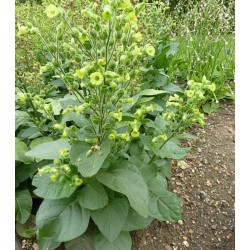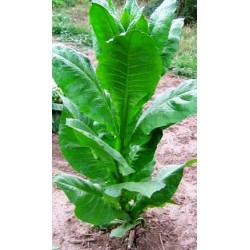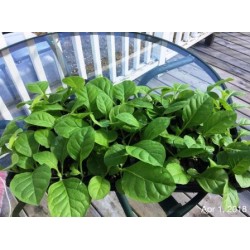
Ceremonial Tobacco and Its Role in Ecological Regeneration
Ceremonial tobacco is best known for its spiritual and cultural significance, but its impact goes far beyond ceremony. When grown intentionally and respectfully, this sacred plant can also play a powerful role in ecological regeneration — helping restore soil health, attract pollinators, and rebuild traditional growing practices that honor the land.
Restoring the Soil
The original ceremonial plant, Nicotiana rustica, grows quickly and has deep roots that help loosen compacted soil. When grown without chemicals, its fallen leaves return organic matter to the earth, improving soil structure and microbial life.
Unlike industrial crops, ceremonial tobacco is often grown in small, intentional plots — which encourages soil regeneration instead of depletion.
Supporting Biodiversity
Tobacco flowers are rich in nectar and attract pollinators like bees, moths, and butterflies. In many Indigenous growing traditions, tobacco is part of a diverse planting system that includes other medicinal and food plants. This approach creates a healthier, more resilient ecosystem than monoculture farming.
Reviving Indigenous Land Practices
Ceremonial tobacco isn’t just a crop — it’s part of a reciprocal relationship between people and the land. By reviving traditional growing methods, communities are restoring:
-
Seed sovereignty through heirloom tobacco
-
Low-impact farming without chemicals
-
Respectful harvesting and returning of offerings to the earth
This way, ecological care and cultural practice work hand in hand.




Leave a Comment